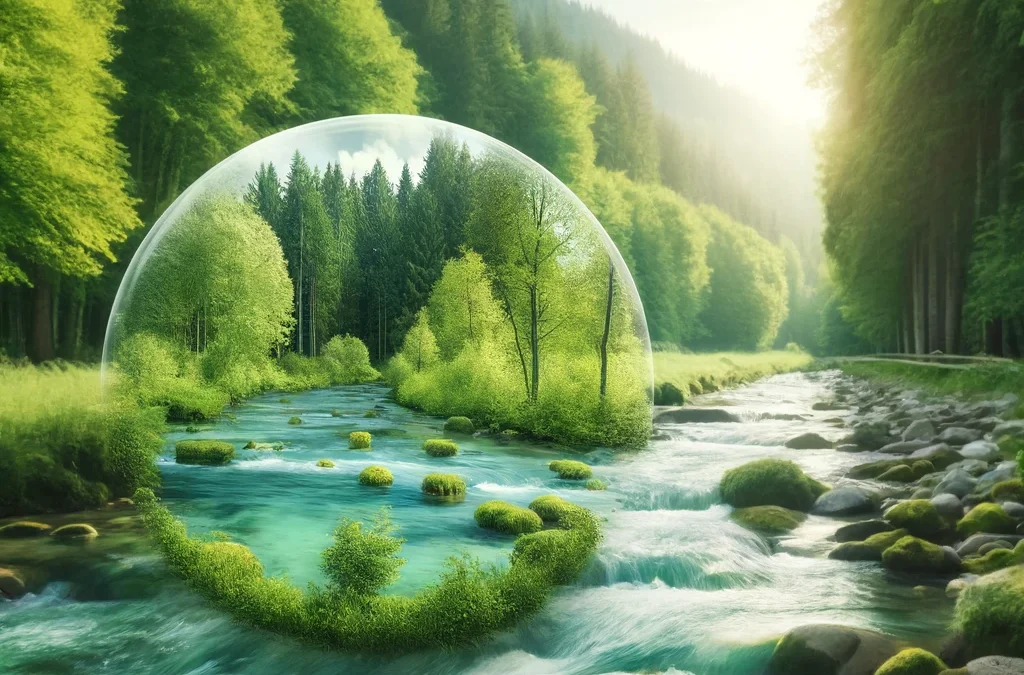Introduction: Plastic pollution is a global problem affecting our oceans and terrestrial ecosystems. Within this worrying picture, plastic pellets have become an increasingly serious environmental threat. These small pieces of plastic, used as raw materials in the manufacture of a wide variety of products, are wreaking havoc on marine life and coastal ecosystems.
Development: Plastic pellets, also known as “mermaid tears”, are basic precursors in the production of plastic articles. However, their small size and high mobility make them particularly hazardous to marine life and coastal ecosystems. These small granules are easily transported by wind and river currents into rivers and oceans, where they pose a serious threat to marine wildlife.
Once in the environment, plastic pellets can be ingested by seabirds, fish and other animals, causing internal damage and even death. In addition, pellets can adsorb toxic compounds present in water, further aggravating their environmental impact and posing a risk to public health.
Economic and environmental impact: Plastic pellet pollution not only has a negative impact on marine life, but also affects the fishing and tourism industries, generating significant economic losses. In addition, the presence of these microplastics in the environment can take hundreds of years to degrade, further exacerbating their long-term impact.
Action needed: To address this problem, it is essential that global action is taken to reduce the production and use of plastics, as well as to improve the management of plastic waste. This includes implementing more effective recycling policies, promoting biodegradable and compostable alternatives, and adopting measures to prevent the loss of pellets during transport and handling.
In summary, plastic pellet pollution poses a serious threat to the environment and marine life. It is essential to take urgent action to address this problem and protect our oceans and coastal ecosystems.
